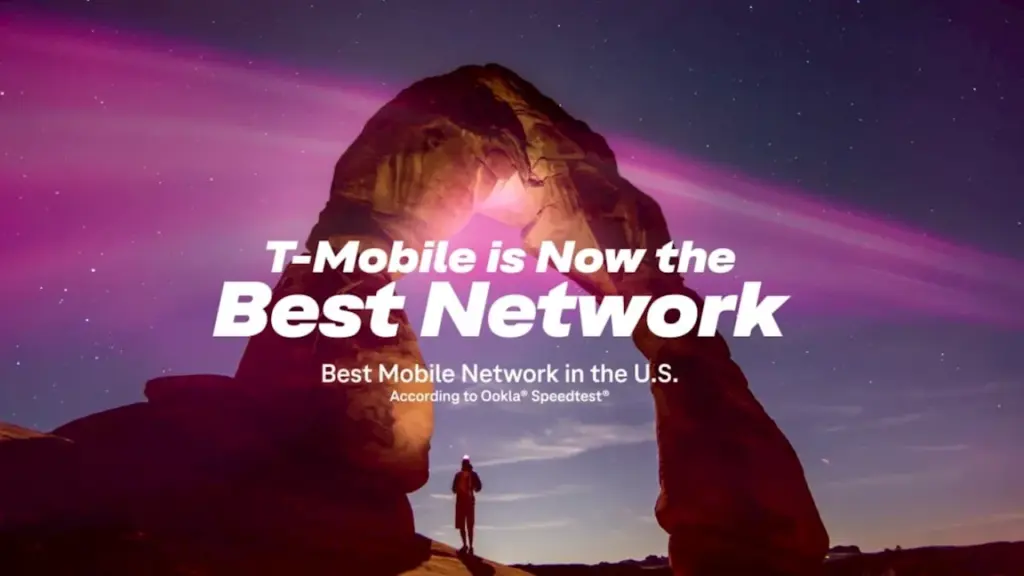
The White House has unveiled a comprehensive action plan aimed at establishing the United States as a leader in artificial intelligence (AI) innovation. Announced on March 15, 2024, the initiative comes from the administration of former President Donald Trump and seeks to bolster the nation’s technological capabilities and economic growth in a rapidly evolving global landscape.
The action plan focuses on several critical areas, including enhancing AI research, developing regulatory frameworks, and investing in workforce training. With an emphasis on collaboration between government and private sectors, the proposal outlines a targeted investment of $50 billion to catalyze advancements in AI technologies. This funding aims to support research initiatives and the development of ethical guidelines for AI deployment.
Strategic Investments and Partnerships
The initiative emphasizes partnerships with leading technology firms and academic institutions. According to the plan, collaborations will be crucial for fostering innovation and translating research into practical applications. The Federal Trade Commission (FTC) and the National Institute of Standards and Technology (NIST) are expected to play pivotal roles in establishing standards that ensure AI technologies are safe, reliable, and beneficial to society.
In addition to funding, the plan aims to create a regulatory environment that encourages innovation while addressing ethical concerns. The White House highlights the importance of striking a balance between promoting rapid technological advancement and safeguarding public interests. This approach is designed to build public trust in AI systems, which is essential for widespread adoption among consumers and businesses alike.
Training the Next Generation of Innovators
Workforce development is another cornerstone of the action plan. The administration intends to invest in educational programs aimed at equipping the workforce with the skills necessary to thrive in an AI-driven economy. By partnering with educational institutions, the plan seeks to create pathways for students and professionals to gain expertise in AI technologies, ensuring that the United States has a talented workforce ready to meet future demands.
The initiative has received mixed reactions from various stakeholders. Supporters argue that this strategic focus on AI will position the U.S. to compete effectively against global rivals, particularly in regions where significant investments in technology are already underway. Critics, however, express concerns about potential overregulation and the implications for innovation.
As countries around the world ramp up their AI initiatives, the White House’s action plan represents a significant step in America’s efforts to reclaim leadership in this critical sector. The outcome of this ambitious strategy will depend on effective implementation and the ability to adapt to the rapidly changing technological landscape.
In conclusion, the White House’s action plan marks a pivotal moment for the United States as it aims to enhance its position in the global AI race. With a focus on investment, collaboration, and workforce development, the initiative aims to foster a thriving environment for innovation while addressing the ethical challenges posed by advanced technologies.







